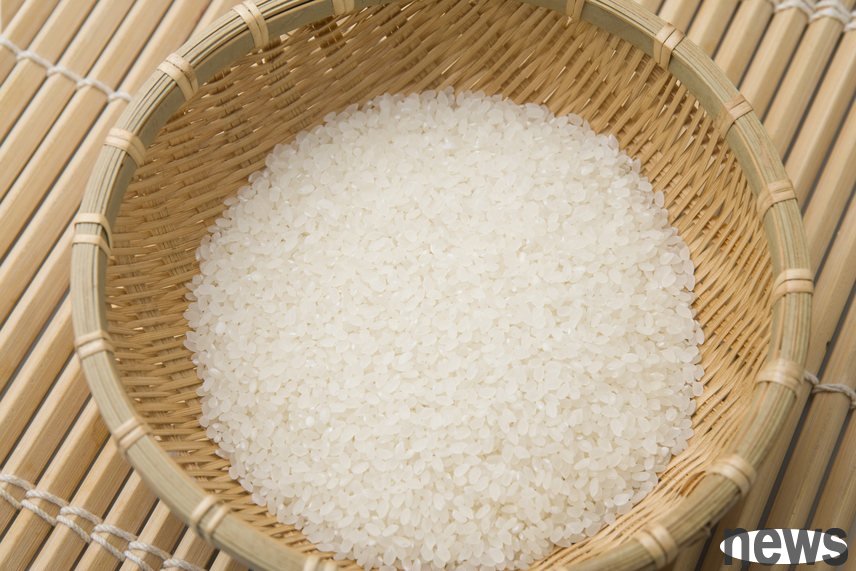
If you go to the kitchen too often, you may have asked yourself, "Do I really need to wash rice? If necessary, how should I wash it?" This article is to help you answer these two questions.
According to Yahoo's report, you will not only know whether to wash rice before cooking, but also understand why. With this information, you can cook better rice.
Simplely said: Yes, it is recommended that you wash the rice before cooking. The reasons are as follows:
1. Remove the foul qualityWash the rice and remove the dust, sand, debris, chemical substances, and even invisible eggs on the rice grains. Just wash it quickly for several times to clean it effectively.
2. Improve the taste.The rice will rub during processing and transportation, forming more than a layer of powdered powder, which will make the cooked rice sticky or even mushy. Washing rice can remove these more powders, making the cooked rice more fluffy and delicious.
Just spend one more minute to greatly improve the quality of rice. (Take a quick note: Rice washing water can also be used to protect your skin or hair)
Which rice and grains should be washed?Suggested cleaning items:
. White rice (including long rice, short rice, jasmine rice, Indian rice, sausage rice, etc.). Various brown rice
. Rice
for making rice pudding. Other grains: Farro, malt, quinoa
It is not recommended to wash items:
. Italian Rice: The high amount of powder in this type of rice is the key to the thick texture of the face, don't wash it!. Minute Rice: This type of half-cooked rice will taste strange and sticky after washing.
Rice washing (filtering network method): Simple 4 steps1. Pour the rice into a large bowl, add cold water to cover the rice flour about a few centimeters, stir by hand, let the rice grains rub and produce flour.
2. Filter the mixed water with a filter net, and then pour the rice back into the bowl.
3. Repeat the steps of "adding water, stirring, and filtering water" 2 to 3 times.
4. If the water from the second filter is relatively clear, you can start cooking; if it is still very bad, wash it again. Tips: There are special rice washing bowls sold on the market, which are more convenient to wash and can also be used to soak other ingredients, which is very practical.
What should I do without the filter network? Although it is convenient to use the "Bowl Method"filter network, it is not necessary. Here are a few alternatives:
. Replace filters with gauze, coffee filter paper or clean kitchen towels. Or, there is no problem with washing rice with a normal bowl. When pouring water, press the palm of your hand to prevent the rice from flowing out.
What you should know about Arsenic in white riceInanimal arsenic is a known carcinogen and may be present in trace amounts in various foods, including white rice. According to a 2012 survey by Consumer Reports, people who eat rice have a 44% higher urine arsenic content than those who do not eat rice.
The risk assessment issued by the US FDA in 2016 pointed out that thorough washing of rice (about 4 to 6 times for water exchange) can reduce the arsenic content in rice by 28% to 60%. However, excessive cleaning may also lose some nutrients, so the rice washing can be balanced according to needs.
